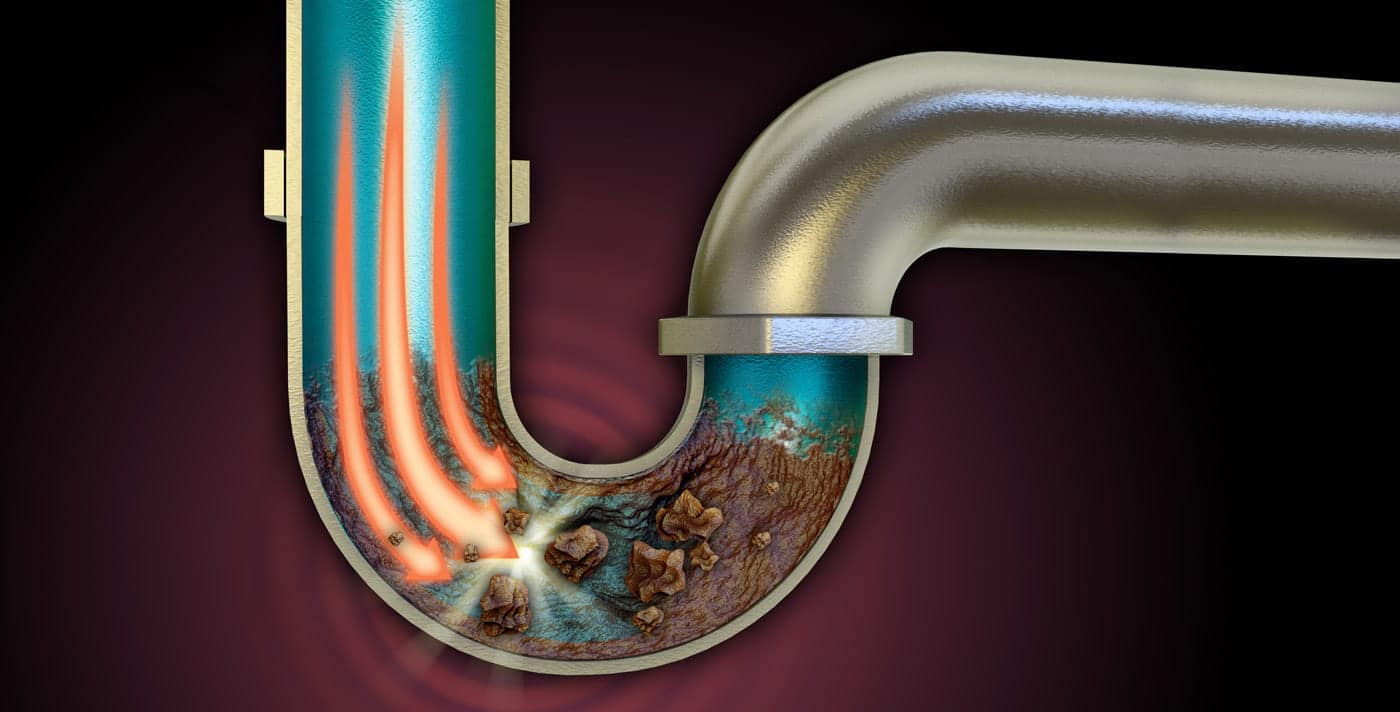
Battling the Blockage: Understanding and Resolving Clogged Pipes
Clogged pipes can be a household nightmare, disrupting the smooth flow of water and causing inconvenience. In this guide, we’ll delve into the causes of clogged pipes, effective methods for prevention, and practical solutions to unclog and restore the proper function of your plumbing.
Identifying the Culprits: Common Causes of Clogged Pipes
1. Accumulation of Grease and Fat
One of the primary culprits behind clogged pipes is the accumulation of grease and fat. When these substances are poured down the drain, they can solidify over time, creating a stubborn blockage. Regularly disposing of grease in a separate container instead of down the sink can prevent this common cause of clogs.
2. Hair Buildup in Drains
Hair is another major contributor to clogged pipes, especially in bathroom drains. As hair accumulates, it combines with soap scum and other debris, creating a sticky blockage. Installing drain screens or hair catchers can help minimize this issue, preventing hair from going down the drain in the first place.
3. Foreign Objects and Debris
Objects like cotton swabs, dental floss, and small toys can find their way into drains, causing blockages. It’s crucial to be mindful of what goes down your drains to prevent the inadvertent accumulation of foreign objects. Keep drains covered when possible and dispose of non-dissolvable items properly.
Prevention is Key: Practical Steps to Avoid Clogged Pipes
- Regular Maintenance: Flushing and Cleaning Drains
Proactive maintenance is essential to preventing clogged pipes. Regularly flushing drains with hot water and using a mixture of baking soda and vinegar can help break down grease and other buildup. Implementing this simple routine can go a long way in preventing the accumulation of substances that lead to blockages.
- Install Drain Screens and Strainers
To prevent hair and other debris from entering your drains, consider installing drain screens and strainers. These inexpensive devices can be easily placed over the drain openings, catching hair and large particles before they cause a clog. Regularly cleaning these screens is a small effort that can contribute significantly to the prevention of clogged pipes.
DIY Solutions: Unclogging Pipes at Home
1. Baking Soda and Vinegar
A tried-and-true method for unclogging pipes involves using a combination of baking soda and vinegar. Pour a cup of baking soda down the drain, followed by a cup of vinegar. Let the mixture sit for about 30 minutes, and then flush the drain with hot water. This natural solution can help break down organic matter and clear minor blockages.
2. Plunging and Snaking
For more stubborn clogs, a plunger or plumbing snake can be effective tools. Plunging creates pressure that can dislodge blockages, while a plumbing snake can reach deeper into pipes to break up and remove obstructions. Use these tools cautiously and follow safety guidelines to avoid causing damage to pipes.
Proactive Plumbing: Preventing and Clearing Clogged Pipes with DIY Solutions and Maintenance Practices
Explore the world of proactive plumbing with our comprehensive guide to preventing and clearing clogged pipes. From understanding common causes like grease and hair buildup to practical steps for prevention, learn how regular maintenance and simple DIY solutions can keep your plumbing flowing smoothly. Empower yourself with the knowledge to tackle clogs effectively and maintain a hassle-free plumbing system with our in-depth exploration of clogged pipes.


